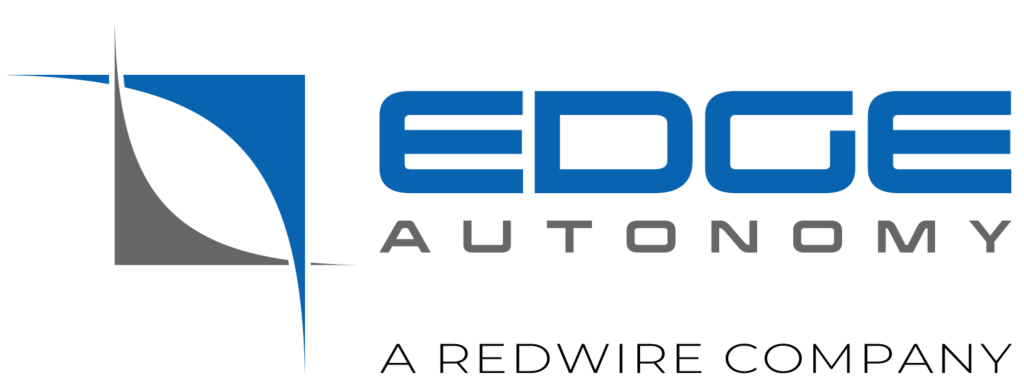The human factor of environmental health and safety
While Environmental Health and Safety (EH&S) can often mean processes and procedures, a focus shift to the human factor of EH&S allows for a meaningful partnership between employees and leadership.
As the Environmental Health and Safety manager at Edge Autonomy, Blake Falkenberg is responsible for all facilities worldwide. This means working with leadership teams to ensure that each site has robust continuity and compliance programs while navigating the complexity of both U.S. and international standards. Blake approaches safety in a unique way, with a human-centric eye for the “why” behind the “how” and the “what” of EH&S. By focusing on the needs of the employees as end users and customers, Blake creates a sustainable, collaborative program.
“I spent 10 years in the U.S. Marine Corps,” said Blake. “When transitioning from the military to a corporate job I wanted the opportunity to continue in a spirit of service. I was looking for something that spoke to my desire to serve something greater than myself, and I found that here at Edge Autonomy. I think this is a characteristic that Veterans share – we want to help. One of our biggest challenges is the struggle to rebrand ourselves after our military service. EH&S is an area where Veterans can find a continued sense of purpose.”
Edge Autonomy supports and encourages the Veteran community, employing Veterans throughout the C-Suite and in a wide variety of positions within the company.
“This company wants people to be able to continue their sense of service while still having a work-life balance,” said Blake. “Leadership is very supportive and knows the value of those who have a shared understanding of the challenges our customers face.”
The Edge Autonomy product line and its ability to promote security and protect the warfighter presents unique growth opportunities for veterans transitioning out of their lines of service. Interested in learning more about our open positions nationwide and how you might fit in at Edge Autonomy? Check out Careers – Edge Autonomy for more information.

